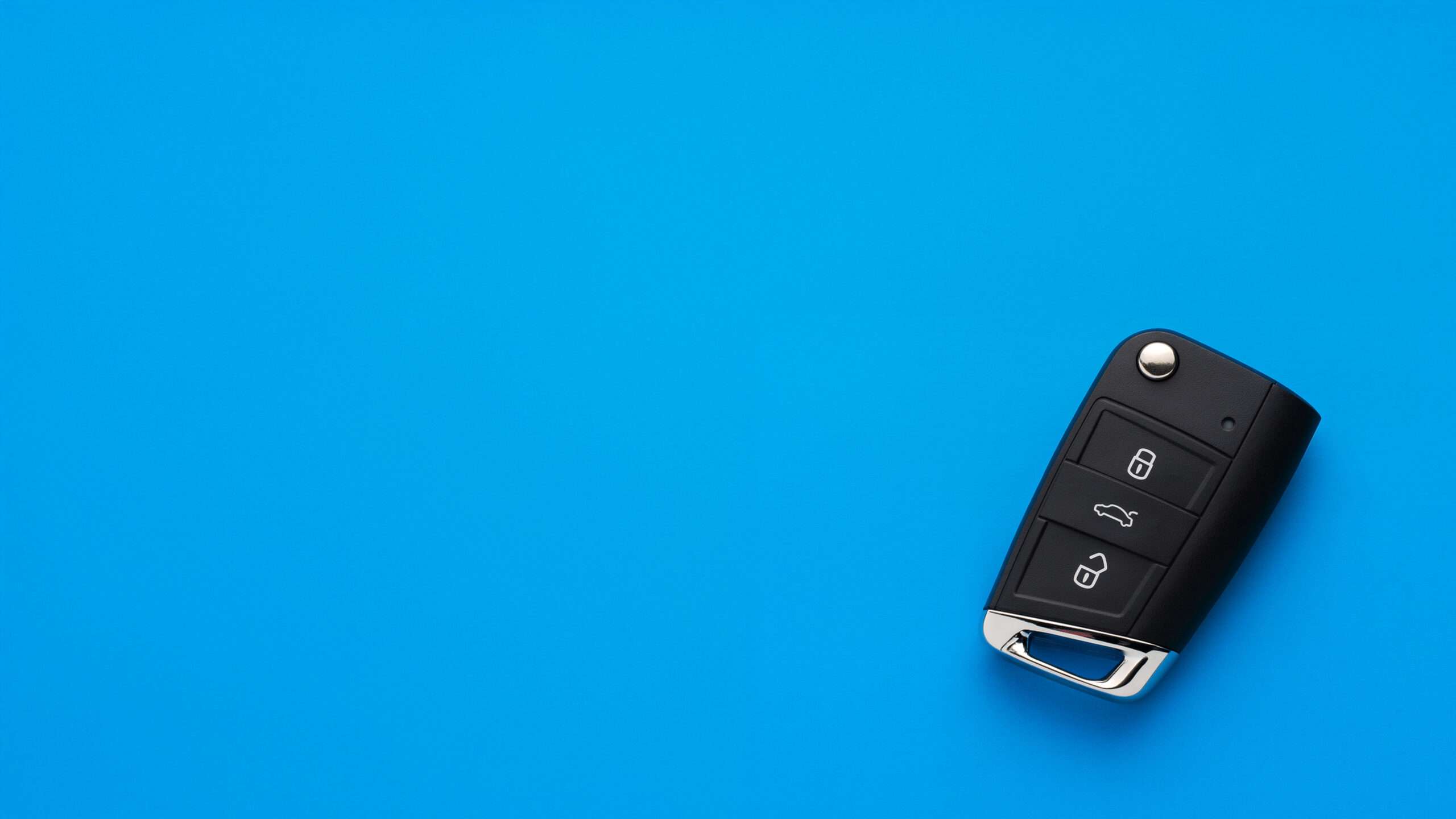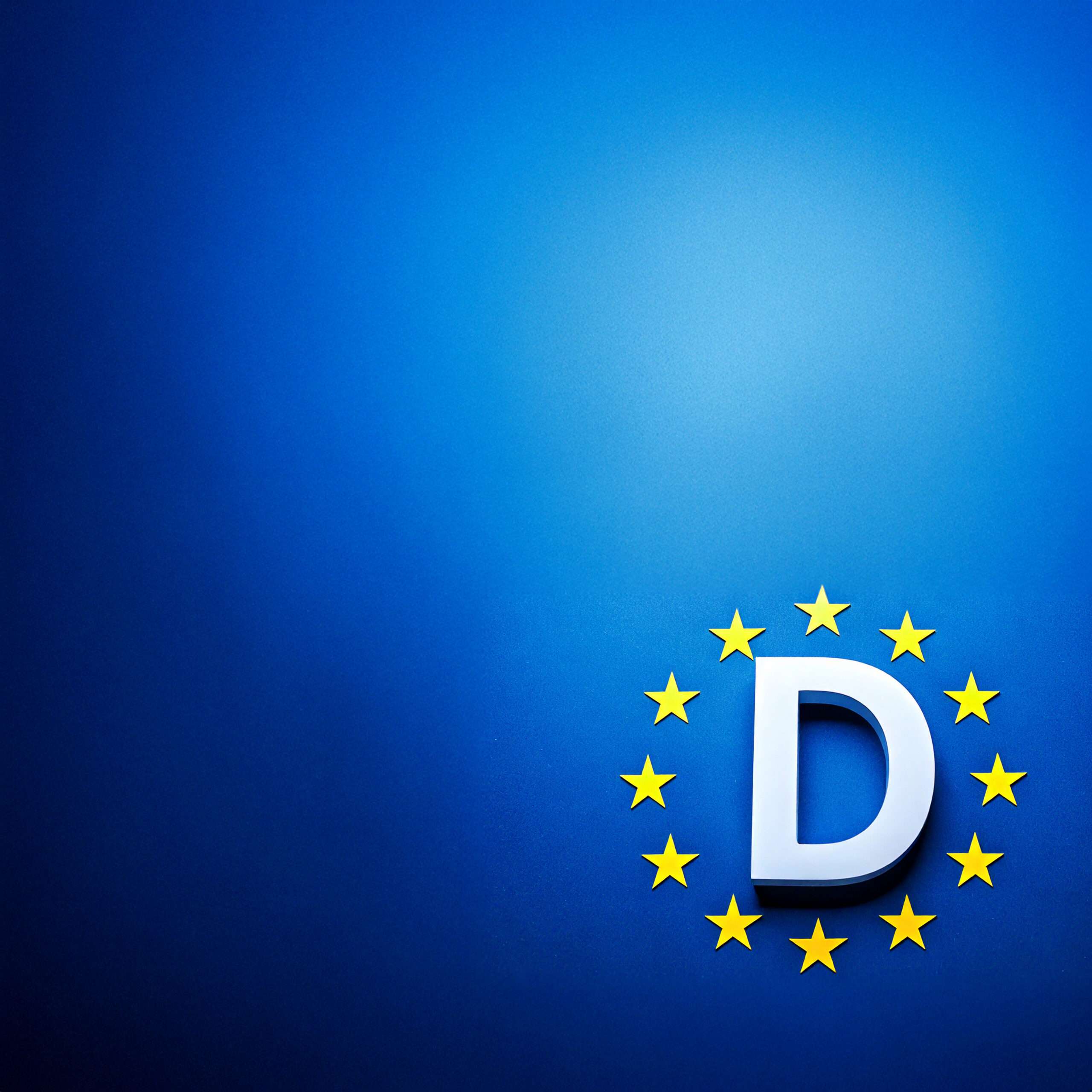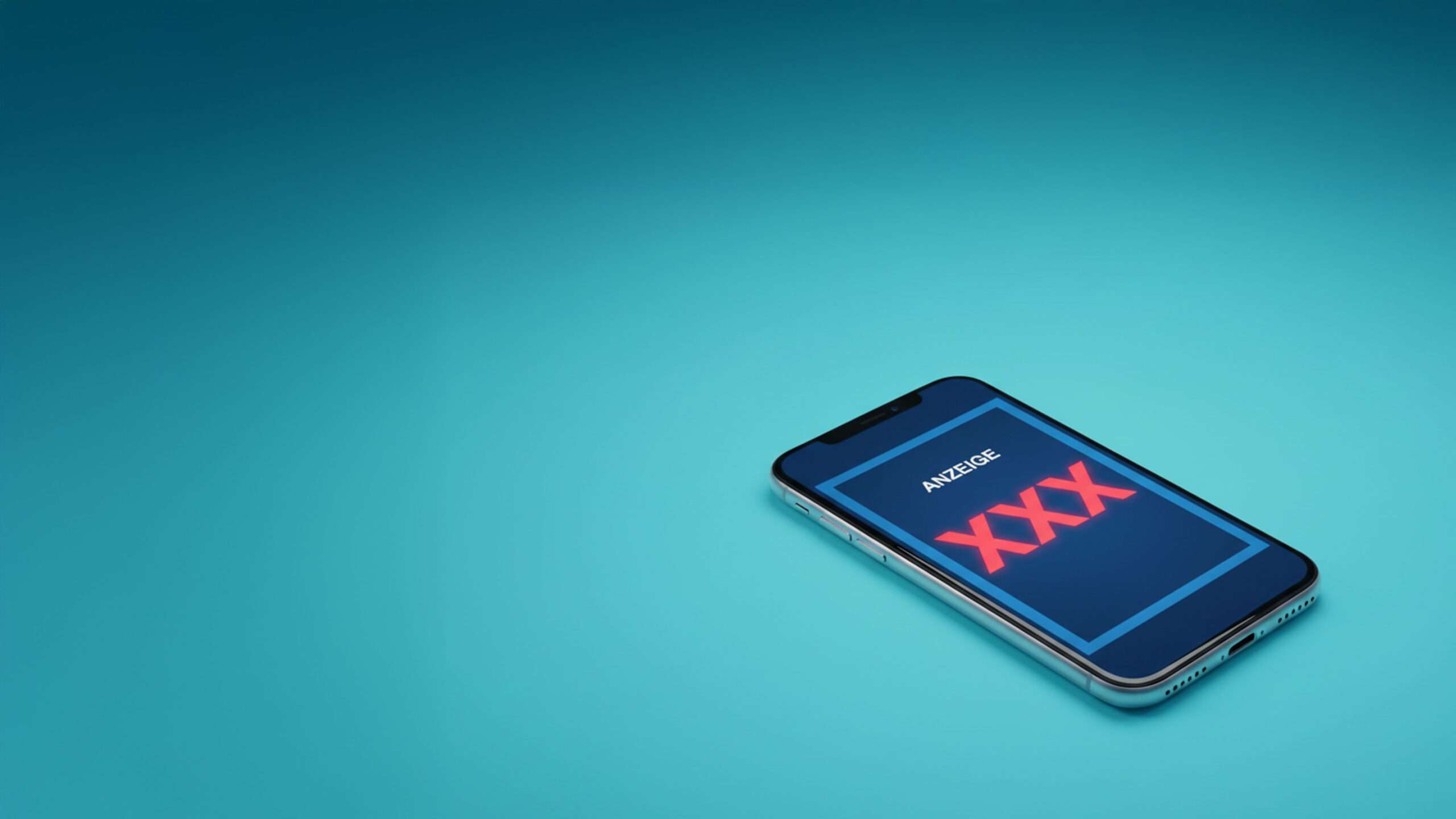
Nullity
from
Designs.
Nullity
from
Designs.
Designs can be judged invalid and canceled due to lack of novelty and individual character or due to formal errors. Our experienced team of design attorneys will represent you in these proceedings before the Office.
Nullity proceedings in design law
In contrast to trademark law, which provides for opposition and revocation proceedings, only invalidity proceedings apply in design law – and only if the design in question does not meet the basic requirements for protection. The focus here is in particular on the examination of novelty, individual character, formal correctness and the determination of invalidity.
Cancellation due to lack of novelty
A design must be new at the time of application in order to obtain effective protection. If it is established that the design was already made available to the public outside the grace period before the application was filed, this constitutes a substantial ground for cancellation. The aim of the procedure is to clarify through careful examination whether novelty actually existed.
When is a design new?
Since the reform of design law, the requirement of novelty has been legally defined directly in the Design Act. A design is considered new if no identical design has been disclosed before the filing date. Designs are considered identical if their features differ only in insignificant details.
Specifically, this means: It must not be part of the so-called “body of designs” that is already known prior to the application. A design is deemed to be disclosed if it is presented to the public in such a way that the specialist circles of the relevant industry in the European Union have had the opportunity to take note of it. This can take the form of announcements, exhibitions, commercial use or other means. Even publications outside the European Union – for example at international trade fairs in China or the USA – can affect the novelty of the design.
The grace period
The grace period enables the designer of a design to assess its market success. An application for registration of the design can be filed up to one year after its first disclosure by the designer, without this being prevented by the publication of the design. It should be noted, however, that the disclosure can also be triggered by a third party as a result of information or actions by the designer.
Invalidity due to lack of individual character
The design must convey an individual overall impression. If this differentiating design is missing, protection is not given.
When does a design have the necessary individual character?
A design has individual character if the overall impression it produces on the informed user differs from the overall impression produced on that user by another design disclosed before the filing date. When assessing individual character, the degree of creative freedom of the designer in developing the design is taken into account.
In concrete terms, this means When assessing the individual character of a design, the overall impression it conveys is taken into account. This must stand out from the overall impression of other designs that were made public before the filing or priority date. A key factor is the designer’s creative freedom: the greater this freedom, the more clearly the design must differ from existing designs. The number of similar designs in the relevant field is also taken into account, as in such cases the requirements for the degree of distinctiveness may tend to be lower.
Degree of design freedom
The degree of creative freedom of the designer plays a decisive role in the design. This freedom can be limited, for example, if many similar designs already exist in the respective area. If the freedom to design is limited, the requirements for the degree of differentiation can decrease. This means that a design can be considered independent even if it differs only slightly from existing designs.
Further grounds for nullity
In addition, there are other grounds for invalidating a design. These include in particular
- Formal errors in the design application.
- The design does not meet the legal definition of a design and therefore does not constitute a protectable design appearance.
- The design contains elements that are generally excluded from protection, for example because they are of an exclusively technical nature, must be reproduced in a certain form, are contrary to public order or morality or misuse a protected sign.
- The design constitutes unauthorized use of a copyrighted work.
- The design falls within the scope of protection of an older, already existing design, which enjoys priority.
- The design uses a sign worthy of protection, the owner of which is entitled to prohibit its use.
Procedure
Cancellation proceedings are conducted as official proceedings before the respective patent and trademark office. In the proceedings, the focus is on checking whether the design is eligible for protection. A precise determination of whether the design meets the criteria of novelty, individual character, formal correctness and overall protectability enables a targeted and efficient examination of inadequate protectability.
Our expertise – your advantage
Our law firm has many years of experience in assisting and representing clients in cancellation proceedings in design law. We provide you with comprehensive support – from the initial analysis through to practical implementation. You benefit from:
- Examination and analysis:
We examine in detail whether the disputed design meets the legal requirements in terms of novelty, individual character, formal correctness and fundamental protectability. - Strategic advice:
We advise you on the best possible and most economically sensible strategy in these proceedings and where these proceedings can also be used as tactical means. - Compilation of evidence:
We support you in the systematic collection and preparation of all necessary evidence in order to convincingly demonstrate the inadequate protectability of the design. - Negotiation of agreements:
In suitable cases, we develop out-of-court solutions that not only save time and money, but also lead to a sustainable settlement of the dispute.
Questions about invalidity and cancellation of designs?
We are happy
to advise you on
Design right!
Our team
in design law
Our team
in design law
















